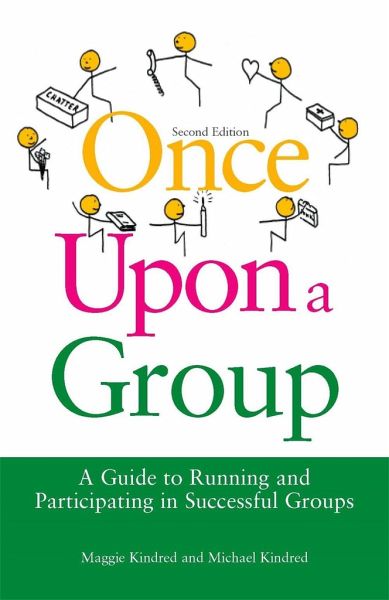
Once Upon a Group
A Guide to Running and Participating in Successful Groups Second Edition

PAYBACK Punkte
14 °P sammeln!
This book is a short, light-hearted guide to groupwork, providing an easily-digestible way of understanding group dynamics, the practicalities of running a group, and how to participate in one. It covers how and where to set up a group, the size of the group and the arrangement of chairs, and the importance of boundaries and rules within a group.













